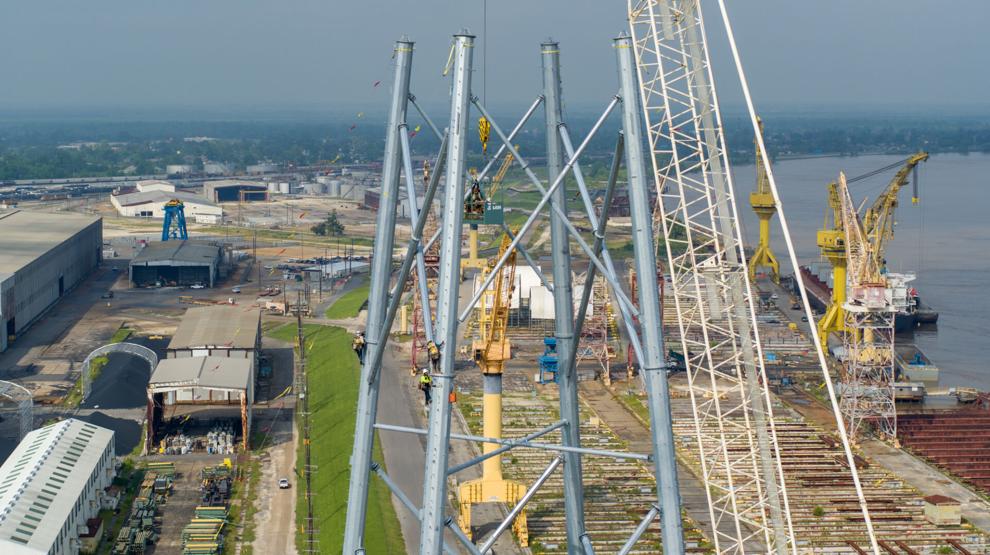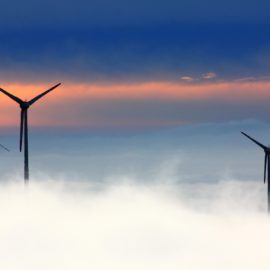
California is going through this and they are not alone. More black outs and power outages are occurring.
Climate change is at the root of an increasing number of blackouts affecting large areas of the country over the past decade, with Louisiana near the top of the list, according to a new report. An analysis published Wednesday by the research nonprofit Climate Central ranks Louisiana sixth among U.S. states with the most power outages caused by hurricanes and other severe weather. “Climate change is increasing the frequency and intensity of the extreme weather that wreaks havoc on our power grid – from wildfire to heat waves and hurricanes,” the report said. Between 2000 and 2021, more than 80% of all reported power outages were attributed to a weather-related event. The number of blackouts spiked over the past decade, with about 64% more outages than occurred between 2000 and 2010.
nola.com
Louisiana has had outages as well and there have been 6 per year in the past 10 years.
Louisiana suffered 79 major outages over the past 20 years. The state’s outage rate followed national trends, growing to an average of about six outages per year over the past 10 years. The state with the most blackouts was Texas, followed by Michigan and then California. Regionally, the Southeast ranked the highest with 474 weather-related outages. The Midwest came in second with 363, and the Northeast was third with 346. Climate Central’s report was based on U.S. Department of Energy data for outages that affected at least 50,000 power customers.
As hurricanes and other weather events have grown worse the electrical systems have not gotten better to withstand them.
While hurricanes, floods and rainstorms have grown in severity, the nation’s power grid has been slow to adapt. “The majority of the nation’s electrical infrastructure was established decades ago and wasn’t built to function in our present-day climate,” the report says. Much of the electricity in the U.S. is transmitted above ground via wires, transformers and utility poles – all of which are vulnerable to severe weather. A prime local example was the massive Avondale transmission tower that crumpled onto the Mississippi River’s banks when Hurricane Ida ripped through Louisiana last year. Outages after Ida left more than a million households and businesses in the dark for days and were a factor in at least a dozen deaths in the New Orleans area. Billions of dollars have been poured into repairing the region’s storm-damaged transmission system over the past two years, but much of it relies on just eight lines to get electricity to the area. Entergy Louisiana and Entergy New Orleans say the improvements they’ve undertaken in recent months will allow faster recoveries than in the past. “With stronger poles and towers, we’d be able to rebuild transmission more quickly,” Deanna Rodriguez, CEO of Entergy New Orleans, said in May.

(Handout photo by Entergy)
Electric companies have fixed what is broken not working on the rest of the system.
But Entergy’s focus has been on fixing what’s broken, not replacing what’s old and likely to fail. Aging power infrastructure is a national problem. According to 2015 Department of Energy analysis, about two-thirds of transformers and a quarter of all transmission lines are 25 years of age or older, and about 60% of all circuit breakers were installed before 1986. While hurricanes are the obvious threat to Louisiana’s power grid, Climate Central warned that “cold waves” are a growing concern in the South. The report highlighted how plummeting temperatures in February 2021 caused power outages throughout the southern region, especially Texas. According to federal estimates, almost 10 million people were without power and about 210 people died due to cold exposure, ice accidents and carbon monoxide poisoning, usually from gas-powered generators. Much of Texas’ energy infrastructure had not been winterized, leaving components to freeze. About 60% of the generators that went offline in Texas were fueled by natural gas, an energy source that’s especially vulnerable to “freeze-offs,” when wellheads and pipelines seize up from cold temperatures.
Suggestions were provided but will the companies pay attention to them?
Climate Central offered several recommendations for building a more weather-resilient power system: Establish self-sufficient “microgrids” that serve small areas, such as college campuses, hospital complexes and neighborhoods. Microgrids are more easily powered by renewable energy sources, including solar and wind, Replace existing infrastructure with stronger materials. This could include swapping wood power poles with steel or concrete ones, Explore more “biodirectional charging,” a feature that allows electric vehicles to power homes during blackouts and Offer incentives that encourage power customers to cut back on usage during peak hours. But the biggest impact would be a substantial reduction in the fossil fuel emissions that are rapidly altering the climate and helping trigger the recent spike in weather calamities. “Ultimately, cutting emissions is the most meaningful action that can be taken to slow the rate of warming and the mounting stress on our power grid, and to allow more time to plan and adapt to our changing climate,” the report said.
As weather gets worse there has to be a similar response from the electrical grid and sadly it does not seem it will happen.



